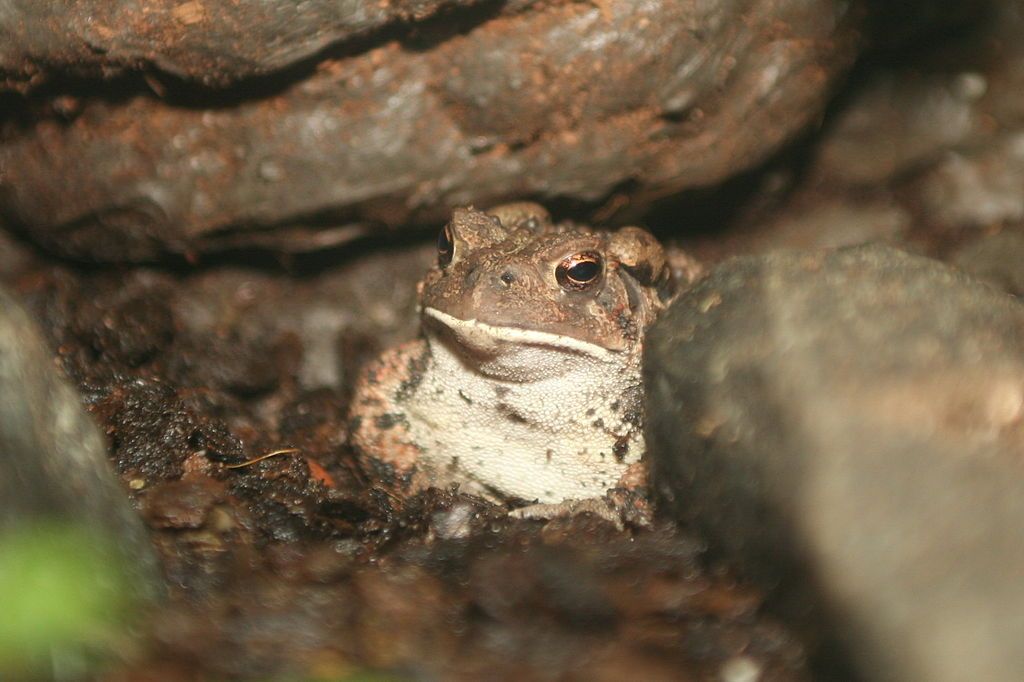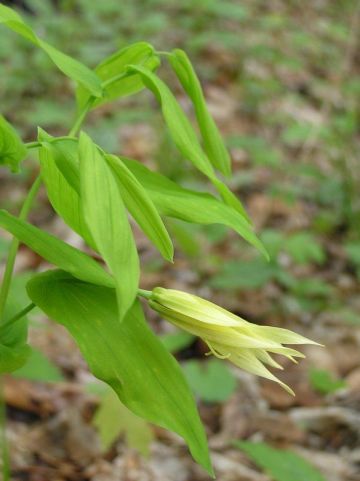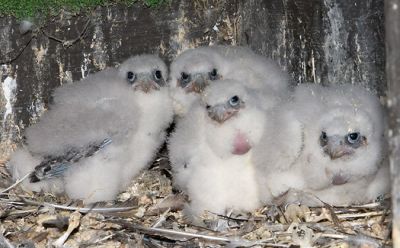 Here they are, cute as could be, on their banding day. Now two of these peregrine chicks are dead and the third was found on the street. What caused this chain of events? Is the fourth chick in any danger?
Here they are, cute as could be, on their banding day. Now two of these peregrine chicks are dead and the third was found on the street. What caused this chain of events? Is the fourth chick in any danger?
Peregrine falcons have nested on the Brandywine building in Wilmington, Delaware since at least 2002. My friend Kim Steininger, who works across the street, has followed their family life and taken pictures of them for years. Her peregrine photos often appear on this blog.
Until last weekend it was a normal nesting season for the Wilmington peregrines. They hatched four healthy chicks who were banded by US Fish and Wildlife Service (FWS) on May 18th. At that time the family was in good health and so well fed that their crops bulged pink through their down. There was no hint of what was to come.
After Memorial Day weekend two of the chicks were found dead at the nest. The nest doesn’t have a web camera so no one knows what led up to it. Were the deaths sudden? Were the chicks sick for a while? Were they harmed in a fight among rival adults? Did they eat poisoned prey?
Those who monitor the nest were saddened and determined to solve the mystery. They wanted to retrieve the dead chicks and examine them for cause of death but the live chicks were too close to fledging and might jump to their deaths if people opened the access door. The only thing to do was wait.
Then on Thursday the third chick was found on the street. His flight feathers were not fully developed and he was clearly not ready to fledge so he must have fallen more than 200 feet to the ground. He was taken to Tri-State Bird Rescue and given a complete medical exam including blood tests for disease and poison. Maybe his condition would give a clue to the deaths of his siblings.
His test results were more than hopeful, they were excellent. The blood tests came back negative, the bird is bright and alert and he had no injuries whatsoever – miraculous, considering his tumble to the street. His adventure gave everyone hope and an opportunity to find out what happened to his siblings.
Today the team from Tri-State Bird Rescue will return this chick to the nest, collect the dead bodies and gather up prey remnants. Craig Koppie of FWS advised them that the chick who remains at the nest is female and thinks she’s less likely to jump than her brother was. Everyone will be very careful.
The dead bodies and prey remnants will be tested for illness and poison. Soon, maybe soon, the mystery will be solved.
Update, June 2, 2009: In late May the fourth chick was found gravely injured on the ground, far from the nest. She was so badly injured she had to be euthanized. The chick that was returned to the nest in late May has disappeared and it’s unlikely he’ll ever be found. Sadly, no young have survived.
(photo of the Wilmington peregrine falcon chicks, 18 May 2009, by Kim Steininger. Click on the picture or here to see her photos of their banding.)
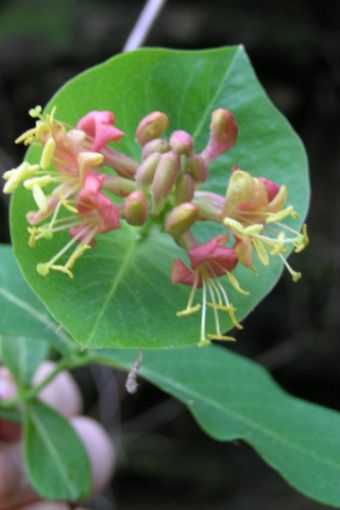
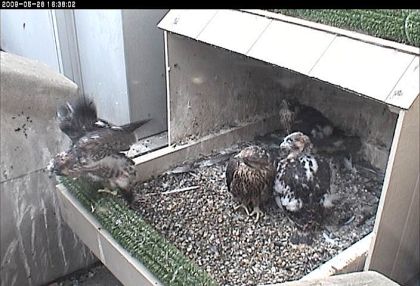 When peregrine nestlings are 33 days old what happens next?
When peregrine nestlings are 33 days old what happens next? 
 Meet me at the Schenley Plaza tent for the Pitt Peregrine Fledge Watch June 2 to 6,
Meet me at the Schenley Plaza tent for the Pitt Peregrine Fledge Watch June 2 to 6, 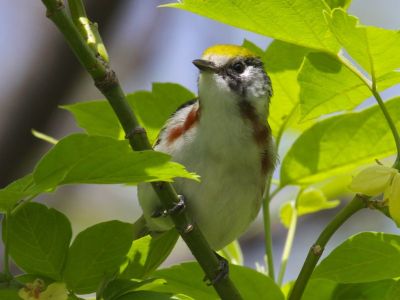 Things have been happening so fast this week that I missed
Things have been happening so fast this week that I missed 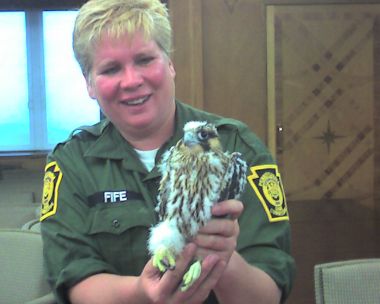 Yes, today was Banding Day. Those of you watching the
Yes, today was Banding Day. Those of you watching the 

